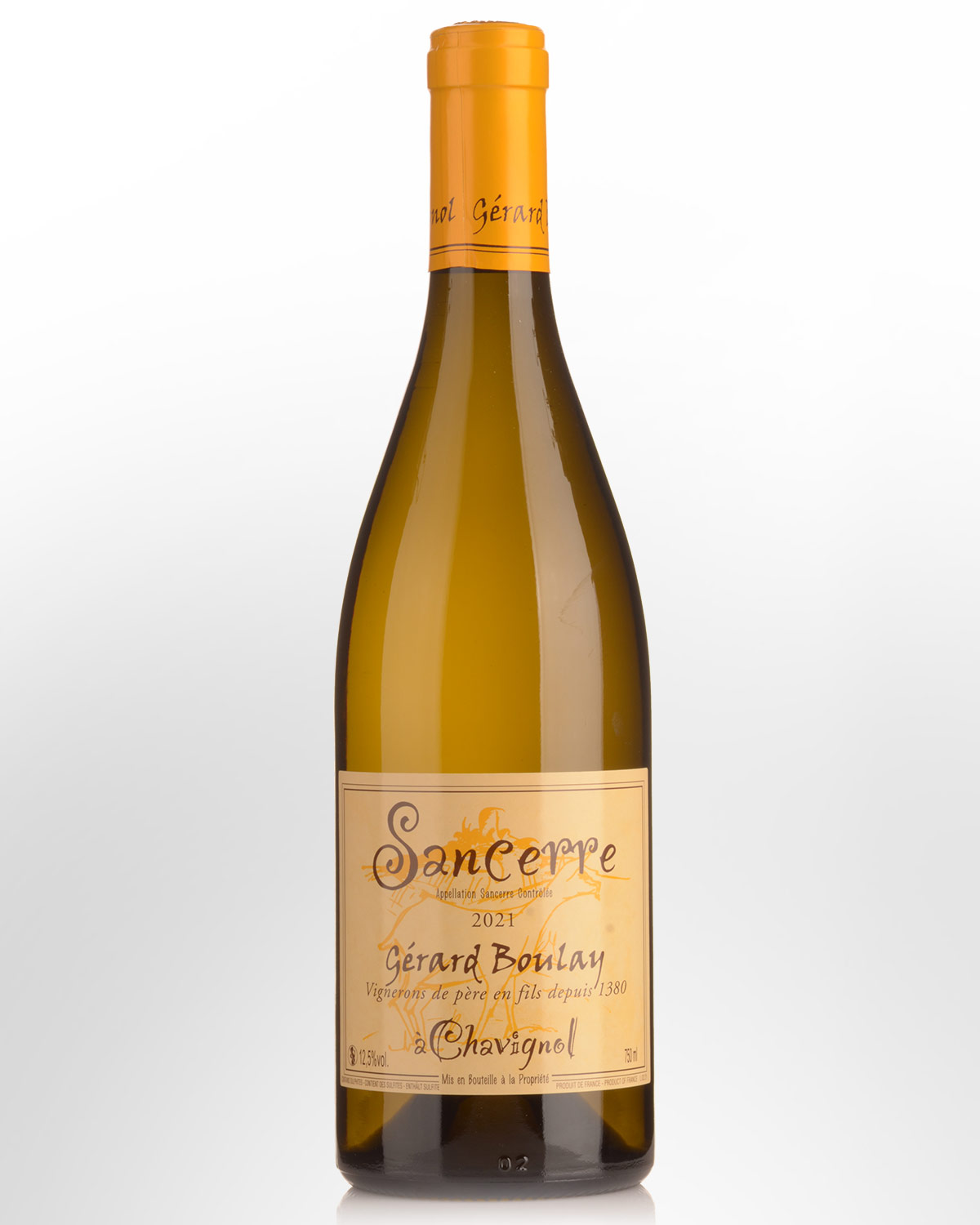
2021 Gerard Boulay Sancerre a Chavignol
Just like any other well-known wine region in France, Sancerre has its own de-facto vineyard hierarchy. Officially endorsed or not, there’s no doubt that Sancerre’s greatest sites (barring an exception or two) are concentrated around the hamlet of Chavignol. Chavignol’s steep, south and south-east facing limestone slopes are home to historically revered sites like Les Monts-Damnés, La Grande Côte and Le Clos de Beaujeu—are, without doubt, the most potent terroirs of Sancerre. It’s no fluke that the top wines from this village regularly draw comparison to the great white wines of the world. Nor is it a fluke that this tiny village is home to an unusual concentration of Sancerre’s most revered winegrowing families. In Chavignol, the best wines have little (or nothing) to do with varietal character. They are fleshier, rippling, more textural—and less Sauvignon. No other terroir in Sancerre brands its wines with the same kind of flesh and saline minerality.
Gérard Boulay can trace his wine growing roots back to 1380, so you could figuratively say that the Boulay family wrote the book on Chavignol. He works predominantly with old vines, all planted by massale selection on quality rootstock and at a higher density than most Sancerre vineyards at 7500 vines per hectare. The soil is ploughed, or grass is grown to prevent erosion, and the Domaine has been practicing organics for decades. In the cellar, Gérard works with wild ferments, old oak (his 10- to 12-year-old barrels are sourced from Alphonse Mellot) and very little sulphur during élevage. The wines are bottled without filtration. It has been said many times that with the remarkable limestone-rich Chavignol holdings, the outstanding work of Boulay and his team in the vines, and the fact that this artisan is currently crafting the finest wines of his career, all place this Domaine at the apex of France’s white wine hierarchy.
Boulay's entry-level, if we must call it that, is drawn from mature, 35- to 40-year-old vines rooted entirely in the limestone soils of Chavignol. This is the only blended cuvée in the Boulay line-up, yet even here we can taste the kind of finesse, texture and stony/earthy/salty minerality that has made this humble grower one of France's most respected vignerons. The multiple sites are largely sloping vineyards on the lower flanks of the Chavignol hillside terroirs of Les Chasseignes, Les Longues Fins and La Rue de Vaux. Importantly, Boulay also includes fruit from his younger vines on the great hillside of La Grande Côte. The juice was naturally fermented and aged for eight months in tank on lees, with a small volume also fermented in a single large wooden cask.
